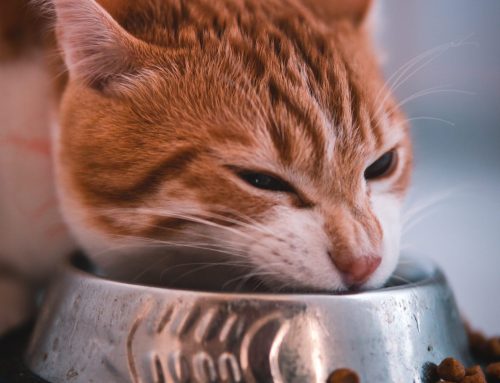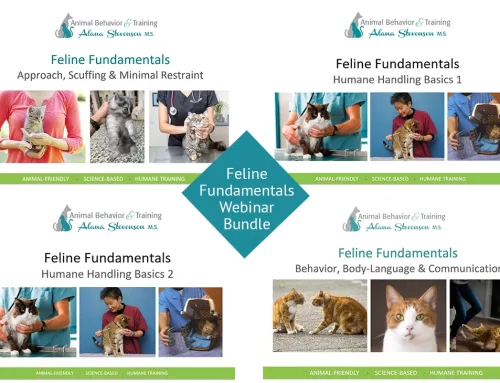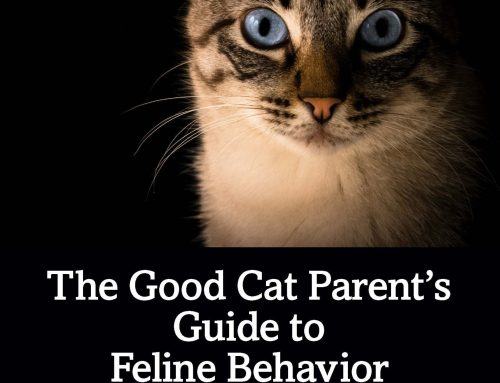 Recently, I read a study on the relinquishment of animals in shelters and rehoming. It looked at demographics and the reasons people give up their dogs and cats or rehome them. Of course, since the research was based on people surveys, it may not be completely accurate — as people often make up reasons for giving up their dogs and cats or are not honest on surveys.
Recently, I read a study on the relinquishment of animals in shelters and rehoming. It looked at demographics and the reasons people give up their dogs and cats or rehome them. Of course, since the research was based on people surveys, it may not be completely accurate — as people often make up reasons for giving up their dogs and cats or are not honest on surveys.
Some reasons for surrender are interesting and correlate with what I’ve found in my years of practice resolving pet behavior problems. Although my clients primarily want to resolve behavior issues to keep their companion animals, the breakdown of the human-animal bond and the behavior problems many animals have stem from a few reasons I’ll describe below.
Sadly, shelter animals are often stigmatized or seen as ‘less than.’ Often, people choose purebred animals because of familiarity, they like the physical characteristics of the breed, or perceive and have heard that certain breeds have personality traits such as ‘good with children’. However, much social behavior stems from development and exposure to different people and animals. In purebred lines, genetic tendencies (which may be behavioral) can be exaggerated. Many purebred dogs and cats (Siamese, Persians, and Himalayans) end up at shelters because they are so popular.
According to the paper, dogs relinquished to shelters tend to be between 5 months and 2 years of age, are more likely to have spent the majority of their day in a crate, and are less likely to have been allowed to sleep on the owner’s bed. In regard to cats, most were not allowed to sleep on the owner’s bed.
Other things to note (not in the research paper) that may be of interest—black animals at shelters are less likely to be adopted, including purebred black Labs. Chihuahuas and square-faced ‘bully’ breeds such as Staffies and Bulldogs are very common in animal shelters.

Many shelters euthanize neonatal animals, especially newborn kittens, because these infants don’t thrive well without their mother. There aren’t enough time, fosters, and resources to nurse them to kittenhood or puppyhood.
Of course, housing is a factor in people relinquishing or rehoming animals. Those who rent or do not own their homes have more difficulty finding housing when they have pets—especially large dogs or when they have more than two pets.
Age of animals is important, especially for dogs. Dogs are often young. Adolescence in dogs begins at ~11 months (10 months for smaller breeds) and ends or tapers at about 3 years old. Social maturity for cats is ~3-5 years of age for males and 2-4 yrs for females. (Note: age of social maturity varies with individuals.) This is a time when dogs and cats transition behaviorally, develop habits, have excess energy (mental and/or physical), and notice inconsistencies in people’s behavior. When a dog reaches the age of 3-5 years old, many unwanted and problem behaviors can settle and calm down.
Over-crating is a significant reason for behavior problems. Many rescue dogs and puppies panic when confined to crates. Because crates are so commonly recommended, these reactions are often mistaken for separation anxiety. Dogs may have both—anxiety about being left alone and a negative association with the crate. Up until the last few decades, dogs were rarely crated unless they were used for breeding or as hunting dogs. Many animals strongly dislike confinement, and crates and cages can be a source of anxiety.
For young cats, it is common for males to show play-aggression, and many young cats wrestle during play. Young cats can be bold in their predatory and play ‘attacks’ on people’s arms and hands. Cats who are singletons (the only cat or animal in the home) and home alone most of the day are more likely to show play aggression and petting aggression. These behaviors are worsened or intensified when cats are not allowed to sleep in the bedroom at night.

For cats, meal restriction and diets can cause them to become obsessed with food and gorge. Meal restriction in cats increases the propensity for inter-cat aggression, play-aggression, and petting aggression. Cats traditionally have been free-fed and naturally eat 10–20 small meals a day.
For puppies, underfeeding is a huge factor in hyperactivity, jumping, mouthing and play-biting. Often these puppies are famished. When fed until full, they usually settle, relax, and are able to learn and focus. All animals when they are infants should eat when they are hungry and until they are satisfied. Young animals have growth spurts and developmental stages they go through. When puppies can’t relax or settle down, they’re often just overtired or hungry.
Underfeeding, too many punishments, over-crating, and adolescence can exacerbate and cause behavioral problems. Many behaviors are normal but handled incorrectly. Yet, with a little positive insight, patience, and knowledge, many problem behaviors can be prevented or remedied. Animals in shelters aren’t inferior or flawed—they just need loving homes.
To find animals near you in need of adoption, visit your local animal shelter or see PetFinder.com.
© 2018 Alana Stevenson, All Rights Reserved.





